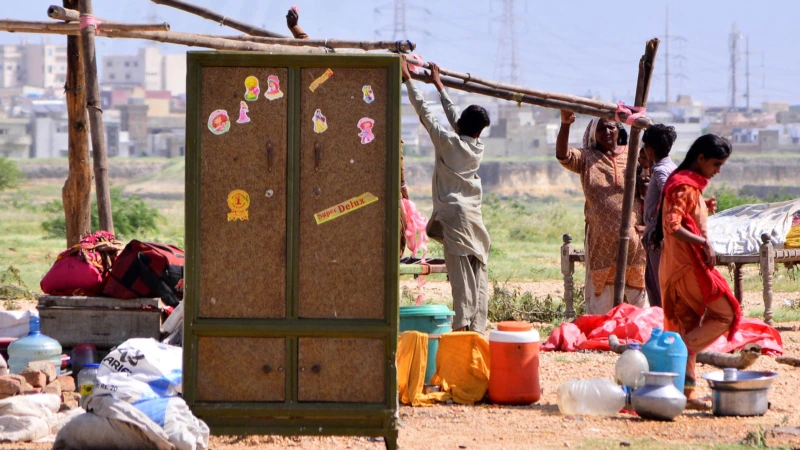U.N. agencies are quickly mobilizing resources and staff to assess the damage and provide aid needed to assist millions of people made homeless and destitute by flooding in Pakistan.
Extensive rains, which have pummeled Pakistan since June, have inundated the country, putting a third of it under water. The United Nations said more than 1,100 people are known to have died, over 6,000 have been injured, 33 million have been left homeless and hundreds of thousands of buildings and infrastructure damaged or destroyed.
Aid agencies said bridges have been destroyed and roads turned into mud, cutting off access to many people in distress. The World Health Organization warns the floods are having a catastrophic impact on the health situation.
WHO representative in Pakistan Palitha Mahipala said major health risks are unfolding and will continue to unfold in the months to come as more rain is forecast. Speaking in the capital, Islamabad, he warned that people are ill-equipped to fend off disease outbreaks in camps lacking safe water and sanitary conditions.
“Major health concerns already reported with the spread of diarrheal diseases, skin infections, respiratory tract infections, malaria, and dengue fever,” Mahipala said. “Rains continue and projections are that floods will worsen further over the coming days, with even greater humanitarian and public health impact.”
Mahipala said there is an urgent need to scale up disease surveillance, restore damaged health facilities and ensure sufficient medicine and health supplies are obtained. He said mental health assistance and psychosocial help must be made available for affected communities.
He said the monsoon rains and floods have damaged and destroyed nearly 2,000 public and private health facilities. The loss of the clinics will seriously affect the ability of sick and injured people to get treatment they need.
Mahipala said shortages of health workers and limited health supplies also are disrupting health services and increasing the health risks for children and pregnant and lactating women.

